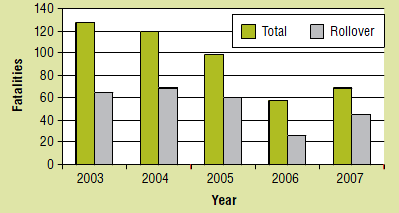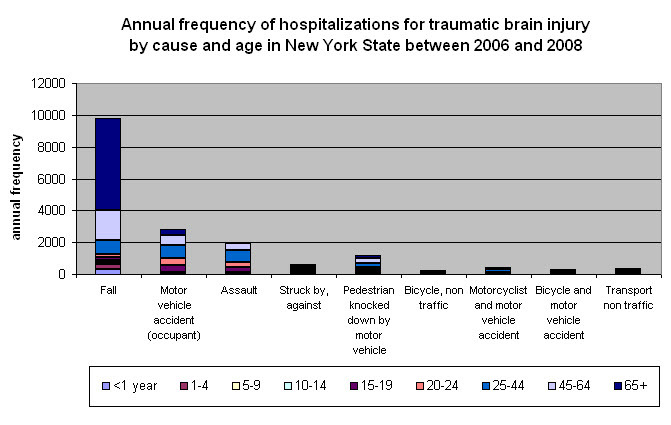By Anthony H. Gair
Preparing the plaintiff for deposition in a personal injury action is perhaps the most neglected element in personal injury cases. Before the plaintiff’s deposition is conducted, the defendant’s counsel has been served with a Bill of Particulars, has obtained all available medical records and police reports and has visited the scene. That information will be used during the plaintiff’s deposition. How do you prepare your plaintiff. Some basic rules are worth remembering.
Rule 1. – Know Your Plaintiff
Your plaintiff’s knowledge and his ability to testify as to the occurrence will often be directly related to his status regarding the claim made. In the case of an automobile accident, the plaintiff will be either a driver, passenger or pedestrian.
Unless it is a case where proof of a prima facie case will come from other than the plaintiff (and, in most cases, even if it will), the plaintiff must be prepared to testify at least sufficiently to make out a prima facie case.
Your client must be as thoroughly prepared as possible. This means taking the plaintiff to the scene of the accident prior to his deposition if possible. It means making certain that the plaintiff knows the basic facts and has been ingrained to repeat them in response to any question concerning them. It means familiarizing your plaintiff with concepts of time, space and direction. Most importantly, it means preparing your plaintiff with the same degree of diligence and concern as you would if he or she were about to testify at trial rather than at deposition.
Do not try to create abilities to answer which simply are not there. Train, teach and educate on the essential elements of the case. Don’t worry about the minor details. If you concentrate on those, your plaintiff may get the minutiae correct and blow the case out of the water by not responding properly to the important questions.
Rule 2. – “I Don’t Know”/”I Don’t Remember”
For reasons most likely inbred in us during our elementary school education, most people, including injured plaintiffs, seem to have an overwhelming desire to answer whatever questions might be asked of them, whether they know the answer or not. You must teach the plaintiff the concept of being able to respond “I don’t know” when such is the case or “I don’t remember”, when such is the case. Of course, this does not mean that the client should be asserting that he or she does not know or remember if he or she were injured. It does, however, mean that the plaintiff should be trained not to throw out an answer simply because a question is asked. And the plaintiff must be taught the difference between not remembering and not knowing. This is particularly important in cases where memory might be refreshed following a deposition. Memory can be refreshed; knowledge cannot be. The basic rule is that the plaintiff must be told not to guess if he doesn’t know the answer to a question. It must be explained to the plaintiff that the deposition will be used to impeach him at the time of trial.
Rule 3. – An Adversary Is Not A Buddy
Explain to the plaintiff that the attorney who is doing the questioning is not his best friend. That smiling amicable, nice man or woman on the other side of the table, regardless of the charm and warmth shown during the deposition, will not invite your client to dinner that night and is there only to destroy his case. You know that. Remind your client of it. Also, we work in a small community and know many of our adversaries. If you want to have a friendly chat with an old friend do it after the deposition and never in front of the plaintiff.
Continue reading →
 15-passengers vans have a high risk of rollover accidents and this risk increases as the number of occupants increases. Overloaded vans, inexperienced drivers, improperly inflated tires are the main cause of van accidents. Passenger van crashes have a very high rate of fatal injuries as 88% of passengers don’t buckle up.
15-passengers vans have a high risk of rollover accidents and this risk increases as the number of occupants increases. Overloaded vans, inexperienced drivers, improperly inflated tires are the main cause of van accidents. Passenger van crashes have a very high rate of fatal injuries as 88% of passengers don’t buckle up. New York Personal Injury Attorneys Blog
New York Personal Injury Attorneys Blog



